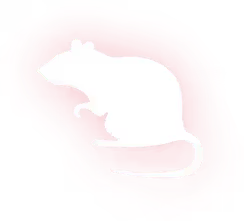

Exterminator in Hudson, TX
Professional exterminator in Hudson, TX from Spot On Pest Control, LLC. Eliminate pests fast and efficiently. Contact us today to schedule service.

Spot On Pest Control, LLC delivers expert extermination services to help keep your Hudson, TX home or business pest-free. Maintaining pest control is essential for comfort, health, and protecting property value. With East Texas humidity, warm seasons, and abundant woodland, common pests such as termites, mosquitoes, ants, rodents, and cockroaches are frequent problems that require more than a one-time spray. This extermination overview explains how professional services assess infestations, apply integrated pest management, choose safe treatment options, and provide follow-up and guarantees so you can make a confident, informed decision.
Common pest problems in Hudson, TX homes and businesses
Hudson’s climate and environment influence what pests are most destructive or persistent. Typical issues include:
- Termites – Subterranean and drywood termites cause structural damage. High soil moisture and wood-to-soil contact increase risk.
- Mosquitoes – Standing water after rains and wooded lots create breeding habitat for aggressive species that spread nuisance and health concerns.
- Ants – Fire ants, odorous house ants, and carpenter ants invade structures and yards; carpenter ants can damage wood over time.
- Rodents – Mice and rats seek shelter in buildings during hot or wet periods and can contaminate food and wiring.
- Cockroaches – Thrive in humid conditions and are common in kitchens, basements, and commercial kitchens.
- Stinging insects – Wasps, hornets, and paper wasp nests are common in eaves, sheds, and trees.
- Spiders and miscellaneous pests – While many are harmless, larger infestations or venomous species require attention.
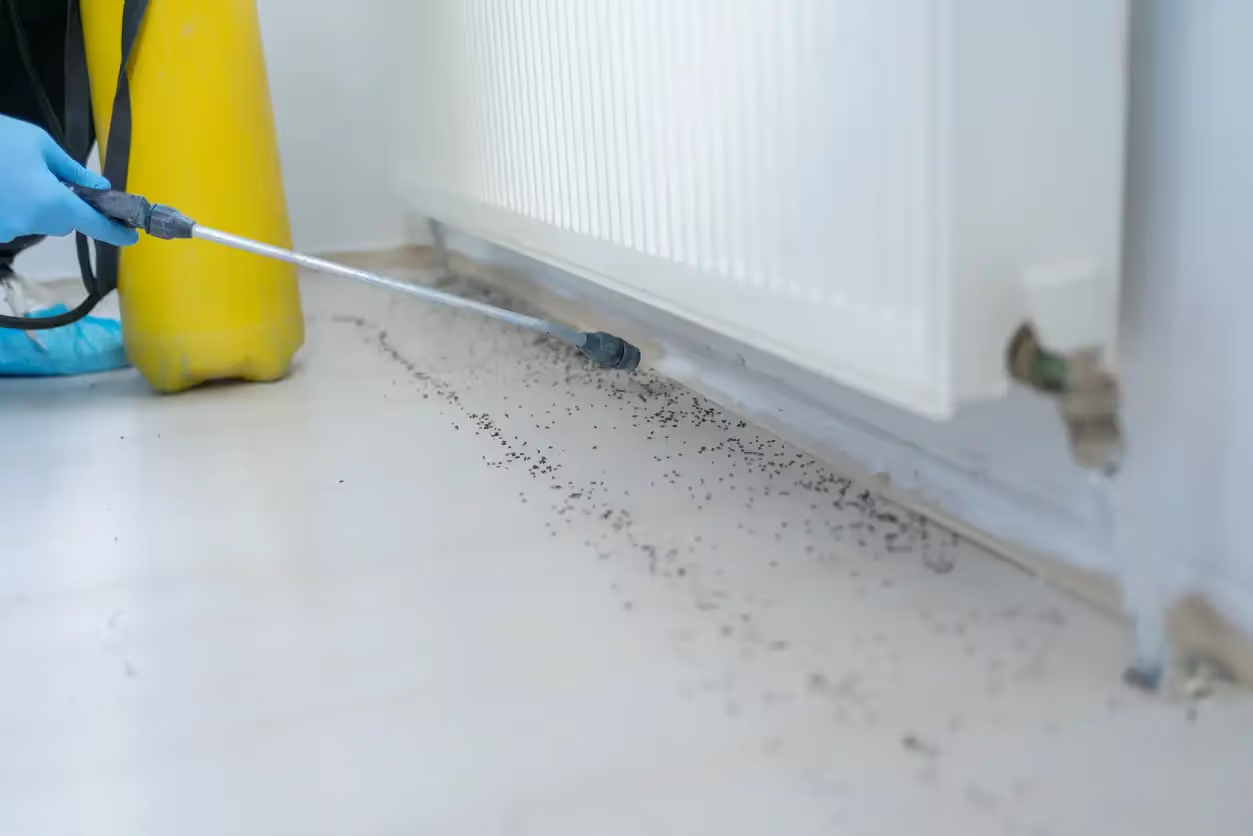
Professional assessment and inspection process
A thorough inspection is the first step to effective control and long-term prevention. A professional exterminator in Hudson, TX will typically:
- Conduct a detailed visual inspection of interior and exterior areas, including crawl spaces, attics, foundation perimeters, and landscaping.
- Identify species and level of infestation to prioritize treatment and safety measures.
- Evaluate structural vulnerabilities such as wood-to-soil contact, moisture sources, clogged gutters, and entry points for rodents.
- Recommend a targeted treatment plan that balances effectiveness with environmental and family safety.
Integrated Pest Management (IPM) approach
Integrated Pest Management is the preferred strategy for lasting results. IPM focuses on reducing pest populations with a combination of techniques:
- Inspection and monitoring to confirm pest activity and track results
- Exclusion including sealing cracks, door sweeps, and repairing screens to block entry
- Sanitation and habitat modification such as removing debris, storing food properly, and eliminating standing water
- Mechanical controls like traps for rodents and monitors for termites
- Chemical treatments applied strategically and responsibly when needed
- Education and ongoing maintenance so homeowners and managers know how to reduce risk seasonally
Treatment options by pest
Treatments are chosen based on pest biology, infestation severity, and site-specific considerations.
- Termite treatment: Options include liquid soil barriers, baiting systems, local spot treatment for drywood colonies, and structural repairs for damaged wood. Long-term monitoring stations are often recommended for East Texas properties.
- Mosquito control: Source reduction, targeted larvicides in standing water, perimeter barrier sprays, and seasonal treatments timed to mosquito breeding cycles. Yard cleanup and proper drainage are key preventive measures.
- Ant control: Baiting strategies for foraging ants, localized dusts or sprays for carpenter ant galleries, and exterior treatments to interrupt nesting sites.
- Rodent control: Trapping, baiting in tamper-resistant stations, and exclusion work to prevent reentry. Inspecting and repairing foundation gaps and utility penetrations is essential.
- Cockroach control: Gel baits, targeted residual treatments in cracks and crevices, and sanitation improvements in kitchens and storage areas.
- Stinging insect removal: Safe nest removal or treatment at night with appropriate protective procedures and follow-up checks.
Safety and environmental considerations
Responsible extermination balances effectiveness with safety for people, pets, and local ecosystems.
- Treatment plans should specify pesticide choices and explain why they are appropriate, focusing on low-toxicity options where possible
- Technicians will advise on temporary precautions for children and pets, and on reentry times for indoor treatments
- Treatments near water bodies or sensitive landscaping use containment and selective products to protect non-target species
- Non-chemical alternatives are used when effective, including traps, physical removal, and exclusion
Service guarantees and follow-up
Reliable extermination services provide clear guarantees and scheduled follow-up:
- Warranties vary by pest and treatment type. Termite treatments and structural warranties typically have defined coverage periods and reinspection schedules
- Follow-up visits and monitoring are standard for problems like termites, rodents, and recurring ant activity
- Documentation of work performed, products used, and recommended prevention steps is provided so homeowners and property managers have a record for future reference
Scheduling residential and commercial appointments
Professional providers accommodate both homes and businesses with protocols that minimize disruption:
- Commercial services prioritize sanitation-sensitive treatments for restaurants, retail, and offices and coordinate around operating hours
- Residential appointments include pre-treatment guidance and a clear timeline for inspection, treatment, and follow-up
- For larger or seasonal issues, technicians may propose routine maintenance contracts to reduce future infestations
Preventive maintenance tips for Hudson, TX properties
Long-term pest control in Hudson depends on regular prevention aligned to local conditions:
- Eliminate wood-to-soil contact and store firewood off the ground away from structures
- Repair leaks, maintain proper drainage, and clean gutters to reduce moisture that attracts termites and mosquitoes
- Remove standing water from flower pots, tires, and low spots after heavy rains to limit mosquito breeding
- Trim vegetation away from foundations and roofs to reduce entry points and harborage for pests
- Seal gaps around doors, windows, and utility lines to block rodent and insect entry
Your Local Solution for Total Pest Control
An exterminator in Hudson, TX should offer a comprehensive, site-specific approach that combines professional inspection, IPM-based treatments, safety-conscious product choices, and reliable follow-up or warranties. Addressing pest problems promptly protects health, prevents property damage, and reduces long-term costs. By pairing targeted treatments with prevention tailored to Hudson’s humid, wooded environment, homeowners and businesses can achieve lasting pest control and peace of mind.
If you're ready to get started with Maintenance Plans, need help with Financing Options, or want to unlock a Special Offer, contact Spot On Pest Control, LLC—your trusted local team for all things pest-related.
Our Services
Our pest control services cover ants, termites, bed bugs, rodents, mosquitoes, and other common pests, with customized solutions for both residential and commercial properties.
.png)


